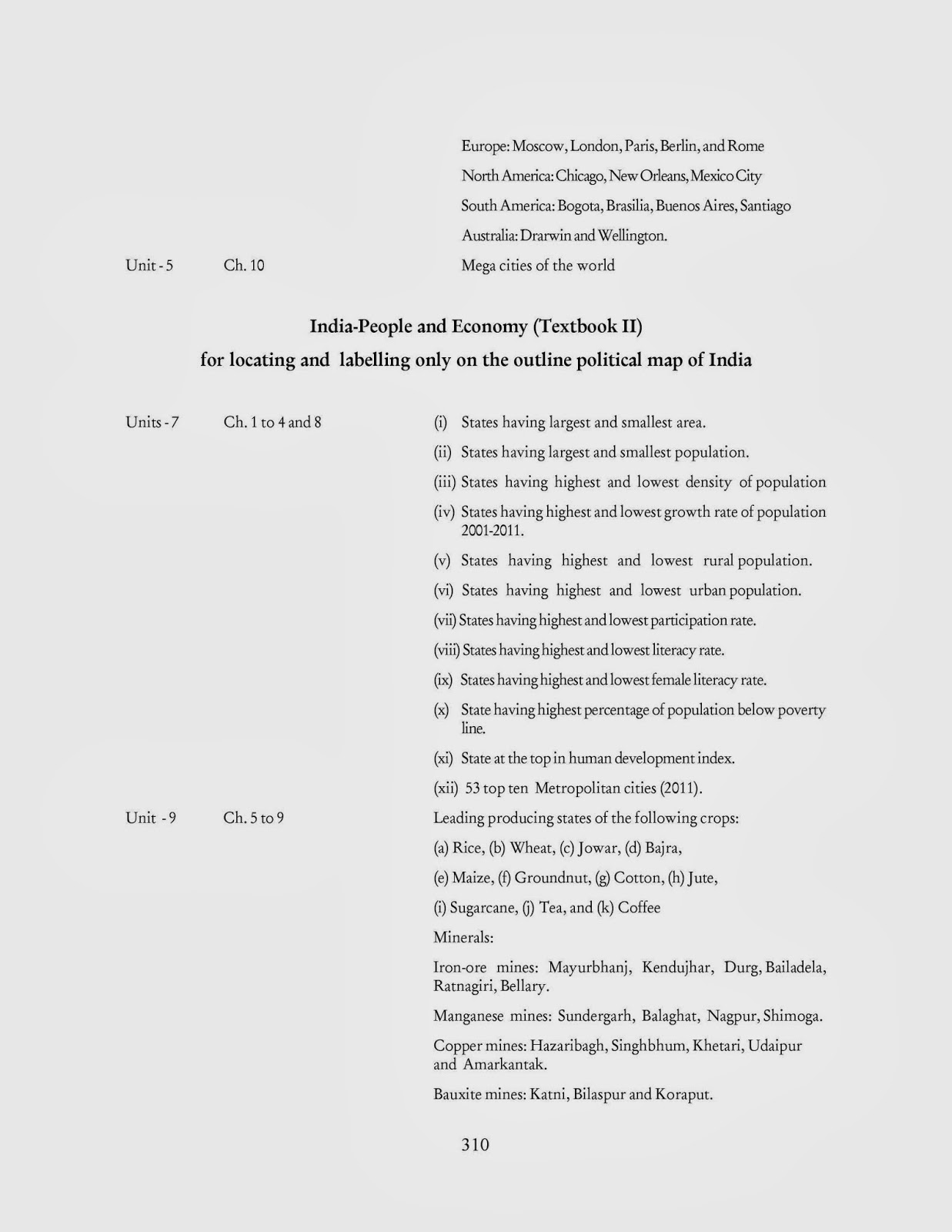GEOGRAPHY AS A DISCIPLINE
MLL
1-What
is Geography?
2-Define Physical Geography?
3- Explain the term Environment?
4-What do you understand by Determinism?
5-What is Geomorphology?
6-What are two approaches of studying geography?
7-What do you understand by systematic geography?
8-Write the names of branches of geography based on
systematic and regional approaches.
9-What is
possibilism?
10-What is field survey?
11-What is the importance of Human Geography?
HOTs Questions
1-What is the relationship of geography with other
sciences? Explain.
2-Why is geography known as the mother of all sciences?
3- How
can we say that geography is an integrated discipline/ subject? Discuss.
3
MARKS QUESTIONS
1-What is the relation between geography and social
science?
2-Give the classification of branches of geography based
on regional approach.
3-What is the importance of Physical Geography?
Value
Based
1-How is the
study of anthropology helpful for the development of mankind?
2-How can the
equal distribution of the resources bring brotherhood among the human beings ?
3- Which human ethics could be taken into
account while visiting a zoo?






.jpg)
.GIF)
.jpg)



